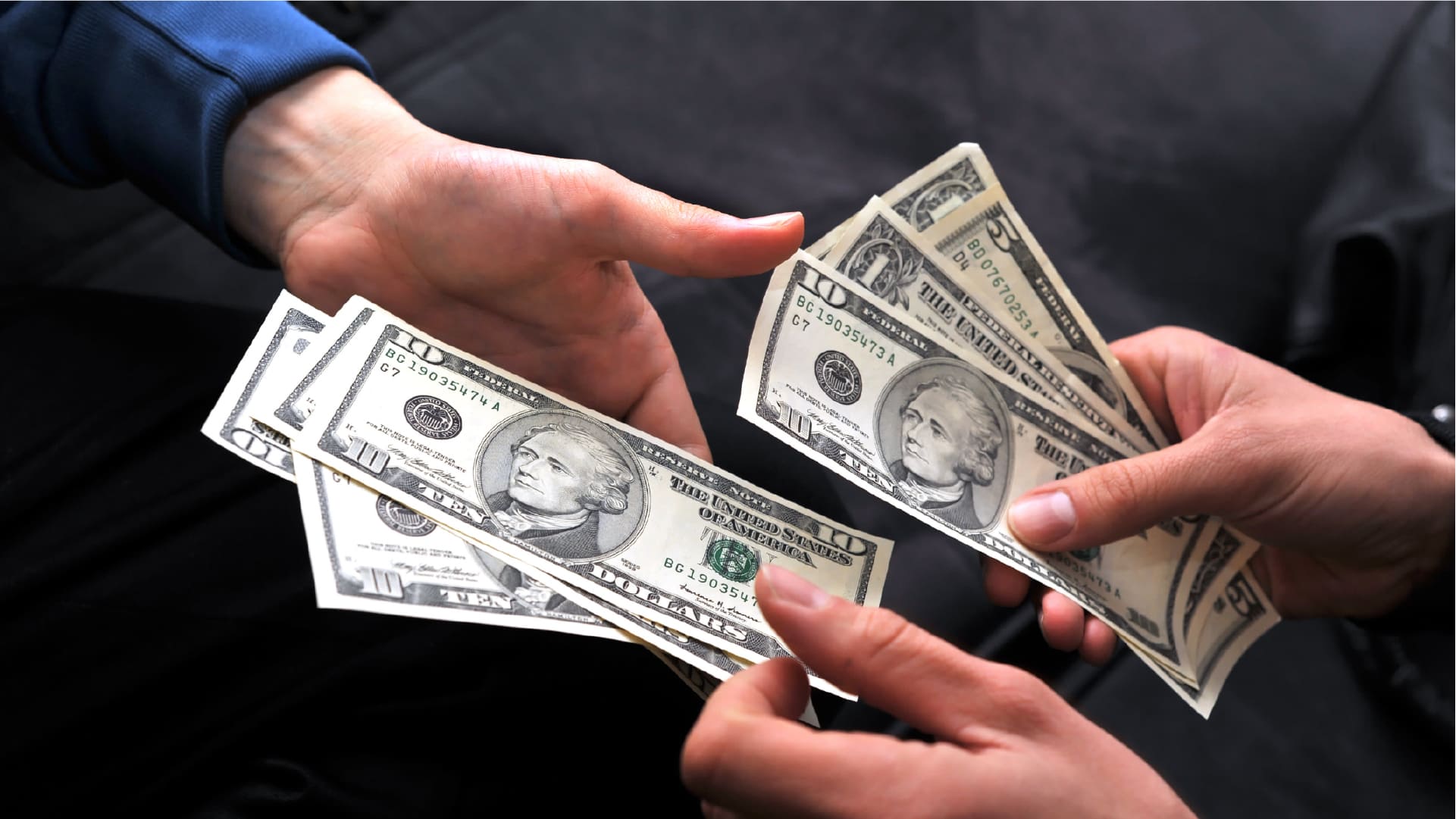Have you ever noticed the price of a flight changing within minutes? Or how the same product costs more on your phone than on your laptop? That’s not a glitch—it’s dynamic pricing at work.
Dynamic pricing is a powerful strategy used by businesses to maximize profits by adjusting prices in real time based on demand, competition, customer behavior, and even your browsing history. While it can benefit businesses, it often leaves consumers paying more than they should.
In this guide, we’ll break down how dynamic pricing works, where you’re most likely to encounter it, and—most importantly—how to beat it.
💡 What Is Dynamic Pricing?
Dynamic pricing, also known as real-time pricing or surge pricing, is a strategy where prices fluctuate based on market conditions. Instead of setting a fixed price, businesses use algorithms to adjust prices in response to:
- 📈 Supply and demand
- 🛒 Customer behavior
- 🧠 Willingness to pay
- 🏷️ Competitor pricing
- 📦 Inventory levels
- 📍 Location and device used
According to Harvard Business School, dynamic pricing helps companies stay competitive and responsive in fast-moving markets. It’s widely used in industries like travel, e-commerce, hospitality, and ride-sharing.
🧪 How Does It Work?
Dynamic pricing relies on data and algorithms. Here’s a simplified breakdown:
- Data Collection: Retailers track your browsing history, location, device, and purchase behavior.
- Algorithmic Analysis: AI-powered tools analyze this data alongside external factors like competitor prices and demand spikes.
- Price Adjustment: The system sets a price tailored to you, sometimes higher than what others see.
For example, Shopify explains that an online store might raise prices when traffic surges or when inventory is low. Similarly, Uber increases fares during rush hour or bad weather.
🛍️ Where You’ll Encounter Dynamic Pricing
|
Industry |
Example Use Case |
|---|---|
|
✈️ Travel |
Airlines adjust fares based on seat availability |
|
🚗 Ride-sharing |
Uber/Lyft surge pricing during peak hours |
|
🛏️ Hospitality |
Hotels raise rates during holidays or events |
|
🛒 E-commerce |
Amazon changes prices based on demand and competition |
|
🎟️ Entertainment |
Concerts and sports tickets fluctuate with demand |
🎭 The Downsides for Consumers
While dynamic pricing can offer discounts during low-demand periods, it often leads to:
- ❌ Price discrimination (charging different users different prices)
- ❌ Lack of transparency
- ❌ Impulse purchases driven by artificial urgency
- ❌ Higher costs for loyal or returning customers
According to Razorpay, overuse of surge pricing can damage brand trust and lead to customer backlash.
🧠 How to Beat Dynamic Pricing
Here’s how to shop smarter and avoid overpaying:
✅ 1. Use Incognito Mode
Retailers track your browsing history to adjust prices. Use private browsing to avoid personalized price hikes.
✅ 2. Clear Cookies and Cache
Before making a purchase, clear your browser cookies. This resets your digital footprint and may lower prices.
✅ 3. Compare Across Devices
Prices can vary between mobile and desktop. Always check both before buying.
✅ 4. Use Price Tracking Tools
Tools like:
- Keepa (for Amazon)
- Honey (browser extension)
- CamelCamelCamel (price history tracker)
…help you spot real deals and avoid fake markdowns.
✅ 5. Set Price Alerts
Use Google Shopping or PriceDekho to set alerts for your desired price. You’ll be notified when the price drops.
✅ 6. Shop at Off-Peak Times
Prices often rise during evenings and weekends. Try shopping early in the morning or mid-week.
✅ 7. Use VPNs
Some sites show different prices based on your location. A VPN can help you compare prices across regions.
📊 Real vs. Fake Discounts: A Quick Checklist
|
Question to Ask |
Red Flag |
Green Flag |
|---|---|---|
|
Is the price consistent across platforms? |
No |
Yes |
|
Is the discount based on real demand? |
No |
Yes |
|
Is the urgency (timer, stock) real? |
No |
Yes |
|
Are you being tracked (cookies, login)? |
Yes |
No |
|
Is the price history transparent? |
No |
Yes |
🧭 Final Thoughts: Stay Smart, Stay Informed
Dynamic pricing isn’t going away—it’s becoming more sophisticated. But that doesn’t mean you have to overpay. By understanding how it works and using the right tools, you can shop smarter, save money, and avoid falling into pricing traps.
So next time you see a price jump or a “limited-time offer,” pause and ask: Is this a real deal—or just a dynamic illusion?








Leave a Comment